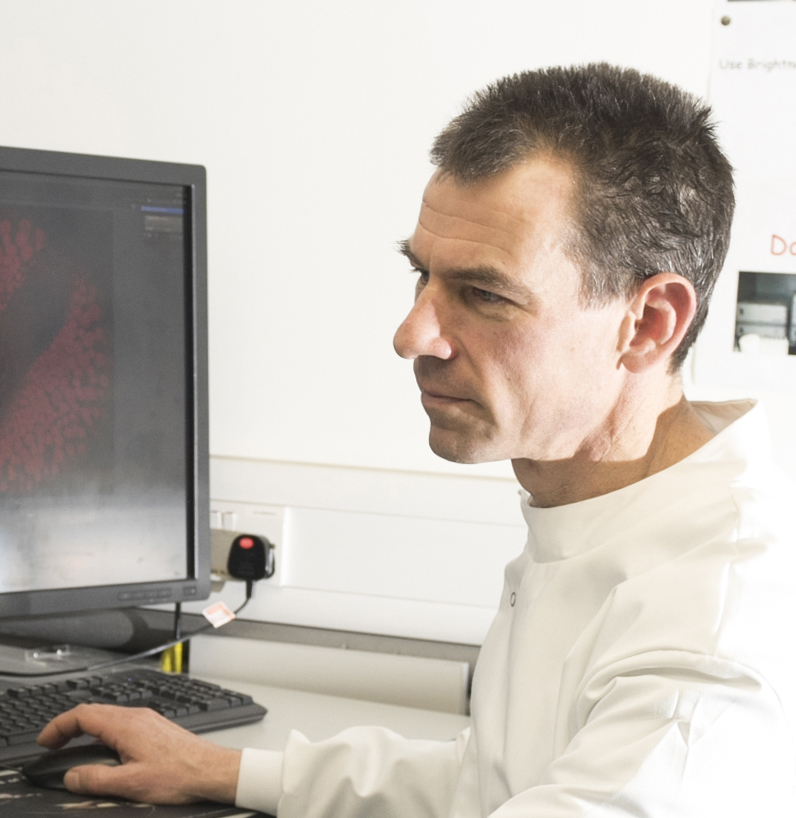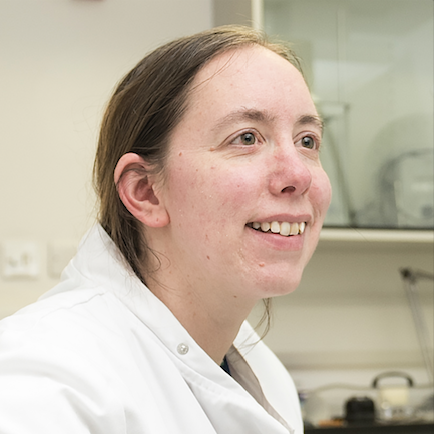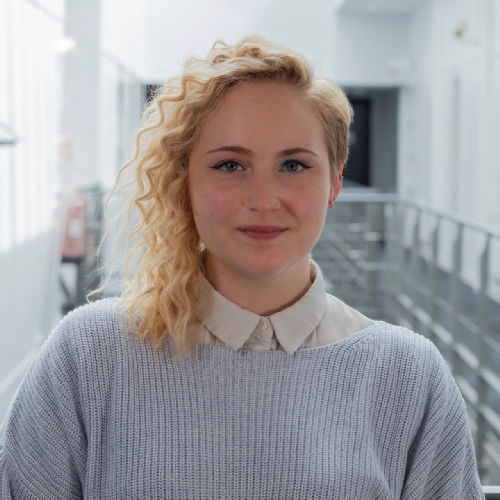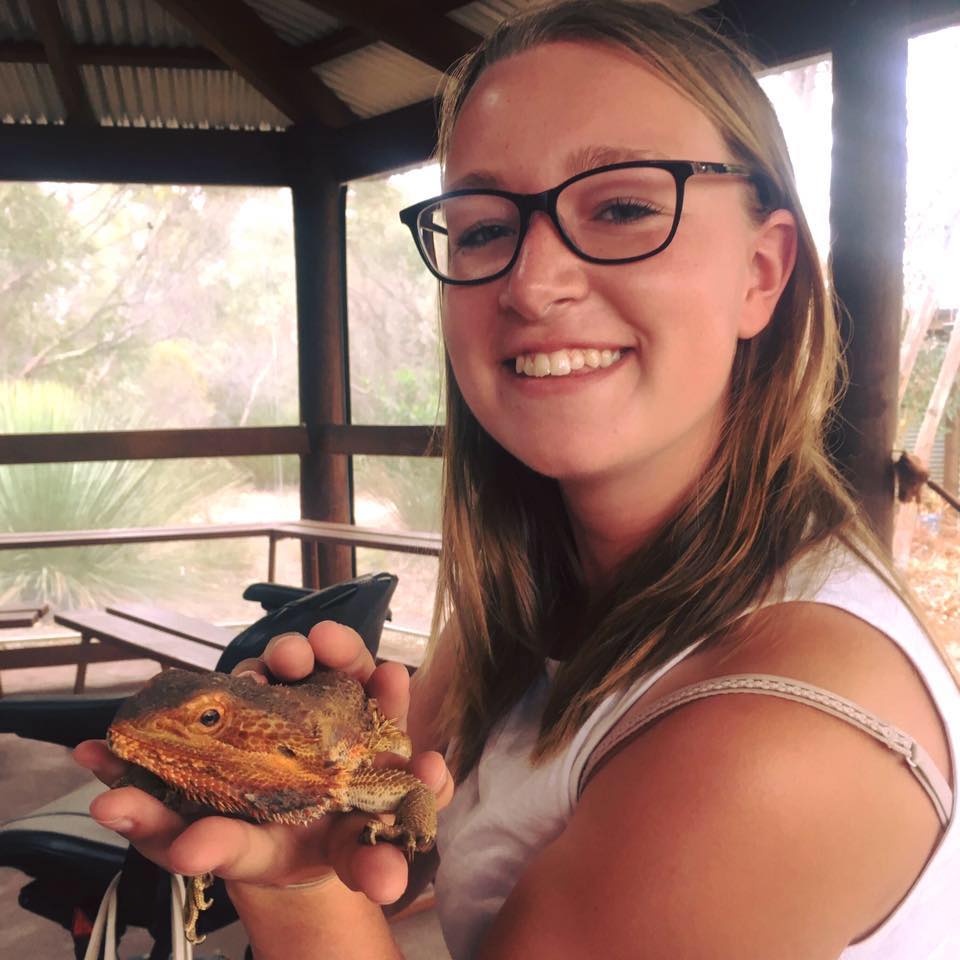The People
How it started
The Virus Hunters project started when we had a few work experience students. We always try to find something cool to show when we have visitors, and usually the other researchers in the department are busy with something interesting. However, this was a slow week, so we did something that Ian had done before and Saskia had wanted to see since she learned about it: extreme pond dipping. The usual form of pond dipping looks at things with a magnifying glass or a small microscope. Not this. We've got electron microscopes and we're not afraid to use them! Now, a lot has changed in viruses since Ian had last done this experiment. Many new and exciting viruses have been discovered. Giant viruses, which are still tiny, but large for viruses. Viruses in hot springs. Viruses in deep-sea thermal vents. Viruses that infect a class of micro-organisms that we still know very little about. And some of these viruses have mad, unique shapes. And some of these shapes, we could see. In the sample from our pond. And because we are scientists, we started asking questions. If we can find this, in our pond, basically a random pond somewhere in Britain, where else are these things? And why do we not know about this? And, as is often the case in science, the answer was: nobody has looked. So we thought we would.

Ian
Ian runs the Life Sciences Imaging Suite and developed the protocol for getting viruses out of water samples. He had his first microscope when he was eight and has been obsessed with them ever since. When he's not looking down a microscope, Ian's busy breeding slime moulds for schools and science events

Saskia
Saskia loves playing with electron microscopes and is fascinated by viruses. She did her PhD research on a tiny virus that infects plants, and then worked with Hepatitis C virus and Respiratory Syncytial Virus, two viruses that infect humans. She runs the Advanced Bioimaging RTP facility, which houses two electron microscopes.
Support
We are grateful to Warwick Public Engagement Fund for funding, the Freshwater Habitats Trust for their advice
and JEOL UK for their technical support.

Marta

Marta is a final-year student at the University of Warwick, working towards completing her undergraduate degree in Biomedical Science. She is passionate about all things science communication and media, and hopes to make science accessible for everyone, no matter their academic background.
Ellie

Ellie is a final year Biological Sciences undergraduate student at the University of Warwick. She is especially interested in plant science but would love to learn more about hunting for viruses using microscopy.
